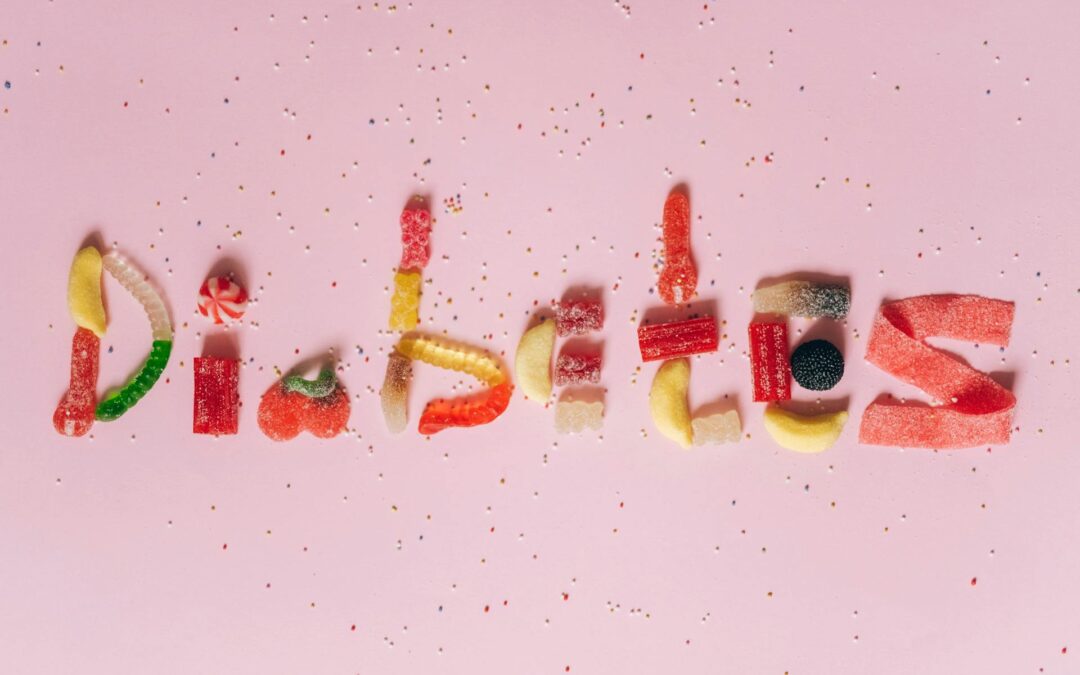In the realm of dieting for weight loss, two approaches often take center stage: the Low-Carb Diet and the Keto Diet. Both of these diets aim to reduce carbohydrate intake to promote fat burning and ultimately shed excess weight. But while they share some similarities, they also differ in key aspects that could make one better suited to your needs than the other.
The question of “Low-Carb Diet vs Keto” isn’t just about choosing a diet — it’s about understanding how your body reacts to different macronutrient compositions and how each diet fits into your lifestyle. Both diets focus on reducing carbs to initiate fat loss, but the extent of carb restriction, food variety, and metabolic processes differ significantly.
The Low-Carb Diet generally focuses on limiting carbs while allowing a higher intake of protein and healthy fats, which helps control hunger and maintain lean muscle mass. Meanwhile, the Keto Diet goes a step further by drastically reducing carbs to induce a state of ketosis, where your body relies on stored fat as its primary fuel source.
Choosing between the Low-Carb Diet and the Keto Diet requires an understanding of how each diet impacts your metabolism, energy levels, and long-term sustainability. Some people may find that the Low-Carb Diet is easier to maintain, offering more food variety, while others may prefer the rapid fat-burning effects of the Keto Diet.
In this article, we’ll break down the Low-Carb Diet vs Keto debate in detail, so you can make an informed decision based on your weight loss goals, dietary preferences, and health considerations. Whether you’re looking for fast results or a sustainable long-term solution, this comparison will help you choose the right path to success.
Understanding the Low-Carb Diet
What is a Low Carb Diet?
A low-carb diet involves reducing carbohydrate intake and focusing more on proteins and healthy fats. Typically, a low-carb diet involves consuming between 100-150 grams of carbs per day. There are several types of low-carb diets, including: (1)
- Atkins: A phased low-carb diet that starts with a very low-carb intake and gradually increases.
- Paleo: Focuses on unprocessed foods that mimic what was consumed during the Paleolithic era.
- General Low-Carb: A less strict version that simply reduces carbs but doesn’t focus as much on protein or fat ratios.
Low-carb diets are popular because they are flexible and easier to maintain long-term compared to more restrictive diets like keto. Learn more about the basics of a low-carb diet here.
How Does the Low-Carb Diet Work?
When you reduce your carbohydrate intake, your body begins to burn stored fat for energy, leading to weight loss. This shift in energy source can also stabilize blood sugar levels, which helps reduce cravings. Protein and fat become the primary fuel sources, making you feel fuller for longer, which is another key benefit of this diet.
Benefits of a Low-Carb Diet
- Weight Loss: By limiting carbs, your body enters a state of fat-burning, which helps you shed pounds. (2)
- Reduced Cravings: A high protein and fat intake helps reduce hunger and cravings.
- Improved Blood Sugar Levels: It’s beneficial for people with diabetes or those looking to stabilize insulin levels.
- Flexibility: This diet is easier to maintain long-term since it doesn’t restrict carbs as much as keto.
Potential Drawbacks of a Low-Carb Diet
While effective, the low-carb diet isn’t without its challenges. Some potential drawbacks include:
- Slower Weight Loss: Compared to keto, weight loss may be slower due to higher carb intake.
- Nutrient Deficiencies: Some people may struggle to get enough fiber or essential vitamins when reducing carbs.
- Cravings for Carbs: The diet allows for more carbs, which can make it harder to avoid carb cravings.
Understanding the Keto Diet
What is the Keto Diet?
The keto diet is a high-fat, moderate-protein, and very low-carb diet, typically limiting carb intake to 20-50 grams per day. By reducing carbs to this extent, your body enters a metabolic state called ketosis, which burns fat for fuel instead of carbs. This leads to rapid fat burning and, often, quick weight loss. (3)
- Ketosis: The body produces ketones, the primary energy source, fueling the brain and muscles.
How Does the Keto Diet Work?
In a state of ketosis, the body shifts from burning glucose (sugar) for energy to burning fat. The liver converts stored fat into ketones by cutting out most carbs, which serve as fuel. This process is known to result in faster weight loss, especially in the initial stages of the diet.
Benefits of the Keto Diet
- Rapid Weight Loss: The keto diet typically results in fast weight loss, particularly in the first few weeks, as your body burns fat more efficiently.
- Appetite Suppression: The high-fat content in the diet helps suppress hunger, making it easier to stick to.
- Improved Mental Clarity: Many people report improved focus and mental clarity when their brain runs on ketones instead of glucose.
Potential Drawbacks of the Keto Diet
The keto diet comes with its own set of challenges, including: (4)
- Keto Flu: In the first week, many experience symptoms like headaches, fatigue, and irritability due to electrolyte imbalances.
- Strictness: Staying in ketosis requires strict carb counting, which can be difficult in social situations.
- Nutrient Deficiencies: Due to the limited food variety, it can be hard to get all essential vitamins and minerals.
Low-Carb Diet vs Keto Diet: Key Differences
Macronutrient Breakdown
The primary difference between low carb and keto lies in the macronutrient distribution. In a low-carb diet, you still consume a moderate amount of carbohydrates, while keto requires an extremely low-carb intake to induce ketosis. Here’s a comparison:
- Low Carb Diet: 100-150 grams of carbs per day, with moderate protein and fat intake.
- Keto Diet: Less than 20-50 grams of carbs per day, with high fat and moderate protein intake.
Metabolic Differences
- Low Carb: The body still uses glucose for fuel but relies on burning more fat due to lower carb intake.
- Keto: The body switches to burning fat as the primary fuel source through the production of ketones.
Flexibility and Ease of Adherence
- Low Carb: More flexible and easier to follow long-term. You can enjoy a wider variety of foods without the need to enter and stay in ketosis.
- Keto: Stricter and requires close monitoring of carb intake. Even minor carb slip-ups can throw your body out of ketosis, making it harder to maintain.
Weight Loss Speed and Effectiveness
- Keto Diet: Often leads to rapid weight loss due to the fat-burning state of ketosis, especially in the first few weeks.
- Low Carb Diet: Results may be slower but can still be significant over time. It’s more sustainable for long-term weight maintenance.
Long-Term Sustainability
While keto can lead to faster results, it’s much harder to stick to for extended periods. The low-carb diet tends to be easier to maintain long-term since it allows for a wider variety of foods and social flexibility.
Comparing the Health Impacts of Both Diets
Cardiovascular Health
Both diets can improve heart health by reducing triglycerides and increasing HDL cholesterol, but keto has been shown to increase LDL (“bad”) cholesterol in some cases. People following either diet should focus on consuming healthy fats, such as those from avocados, nuts, and fish.
Blood Sugar and Insulin Sensitivity
Both diets help reduce blood sugar and improve insulin sensitivity, making them effective for people with type 2 diabetes. However, keto may have a stronger impact on insulin regulation due to the very low carb intake.
Gut Health and Digestion
The low-carb diet tends to include more fiber, which is beneficial for gut health. Keto can sometimes lead to digestive issues like constipation due to reduced fiber intake, so it’s important to prioritize fiber-rich, low-carb vegetables like spinach and broccoli.
Hormonal Health
Both diets can affect hormone levels, especially cortisol and thyroid hormones. While keto may provide rapid results, the low-carb diet is often considered less stressful on the body in the long term.
FAQs About Low-Carb and Keto Diets
What’s the main difference between low-carb and keto diets?
The main difference is the level of carbohydrate restriction. Keto is much more restrictive in carbs, aiming for ketosis, while low carb is more flexible.
Which diet is better for quick weight loss: low carb or keto?
Keto is generally better for rapid weight loss due to the body entering ketosis, a state that burns fat more efficiently.
Can I switch between keto and low carb?
Yes, some people switch between the two, but it can be challenging to transition in and out of ketosis frequently.
Is the keto diet safe for long-term weight loss?
Keto can be effective for long-term weight loss but may be harder to maintain due to its strictness.
Do I need to count calories on a low-carb or keto diet?
While calorie counting isn’t mandatory, tracking carbs is crucial, especially for keto, to ensure you stay in ketosis.
The Bottom Line
When it comes to rapid weight loss, both the low-carb and keto diets can be effective, but keto often leads to faster initial results. However, the low-carb diet offers more flexibility, making it easier to maintain long-term. The choice between the two ultimately depends on your personal goals, lifestyle, and preferences. Whether you’re looking for rapid weight loss or a sustainable approach, understanding the differences between these diets is key to success.







0 Comments